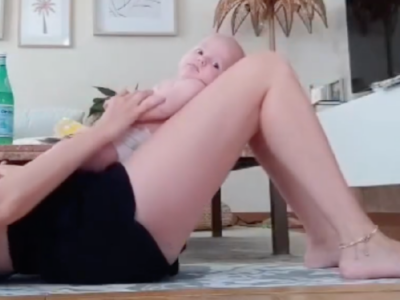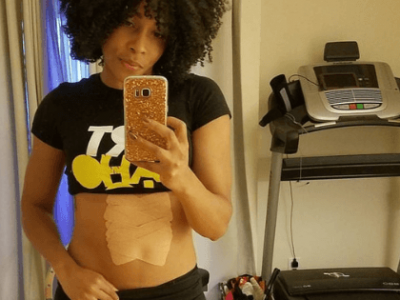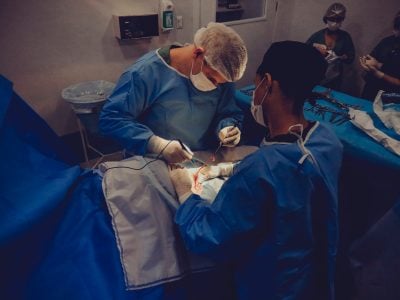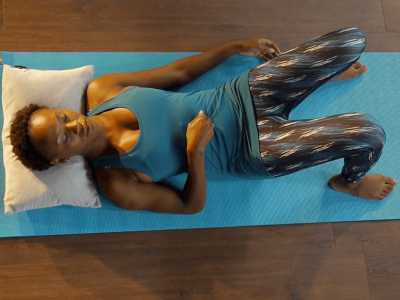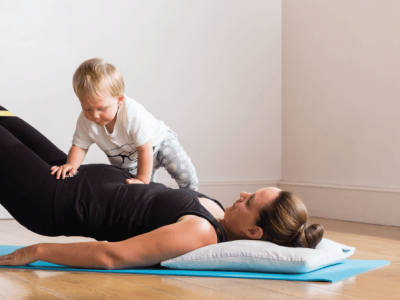Diastasis Recti
Can you do pilates with diastasis recti? Or are you making the gap worse?
Diastasis Recti and Back pain : How to Resolve It
Bloating, Gut Health and Diastasis Recti
10 Day Free MUTU Trial and Subscription Option
Top 5 Best Exercises for Diastasis Recti
Diastasis Recti Recovery | Tatiana’s Story
Diastasis Recti Surgery
Diastasis Recti Symptoms and Self-Test
Alignment and Diastasis Recti. What’s the Connection?
When is Diastasis Recti Considered Severe?
Can You Heal Diastasis Recti Years Later? Yes – Here’s How!
Treatment for Diastasis Recti – Should You Use a Splint?
Explore by category
Alignment
Back Pain
C-Section
Hernia and Prolapse
Medically Approved
Mental Health
MUTU News
Pelvic floor, bladder leaks and incontinence
Pelvic Girdle Pain and SPD
Perimenopause and Menopause
Post-Birth Recovery
Postpartum Exercise
Pregnancy
Stories and Results
Weight Loss
Wendy Loves
Working with the NHS
